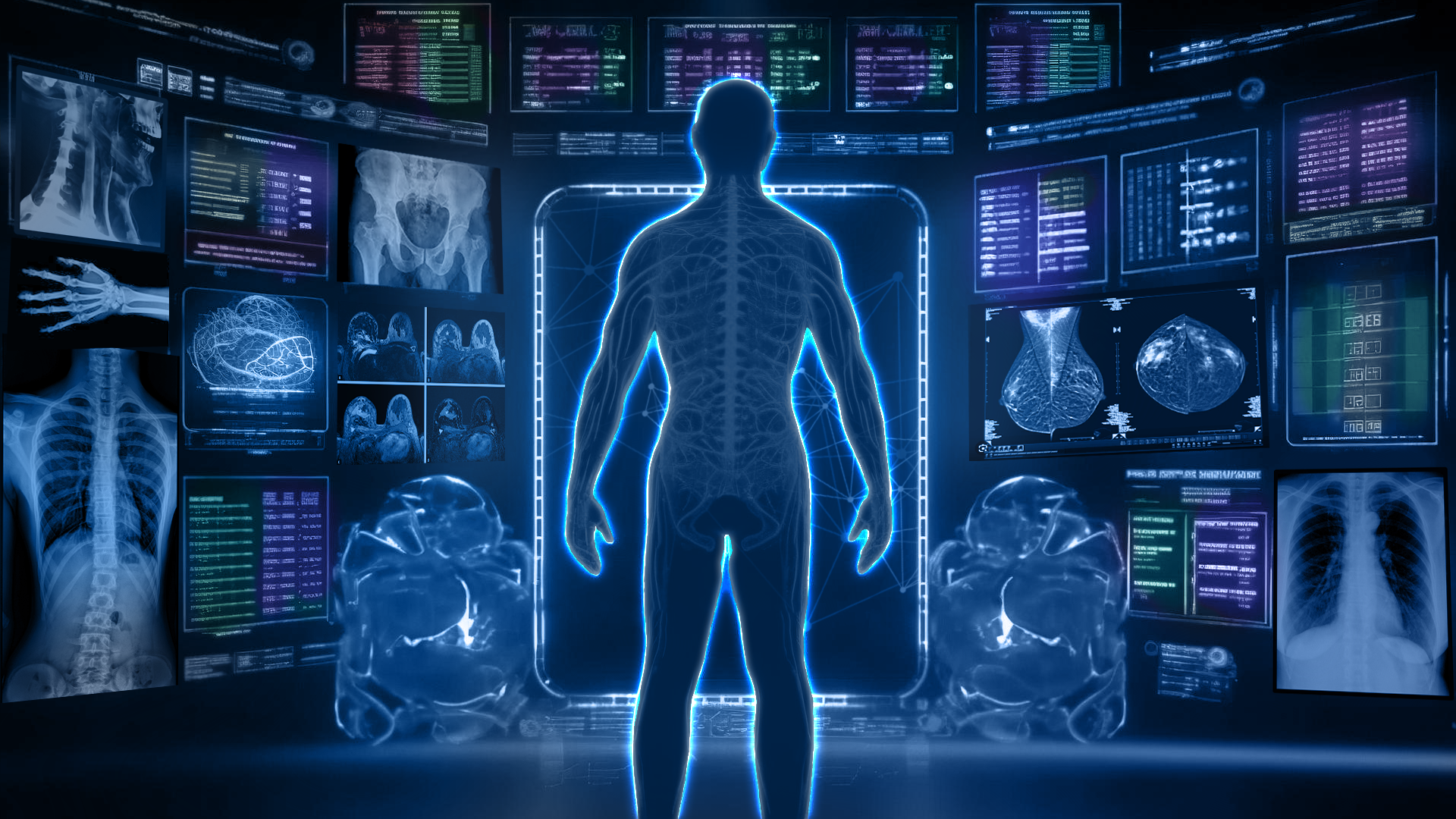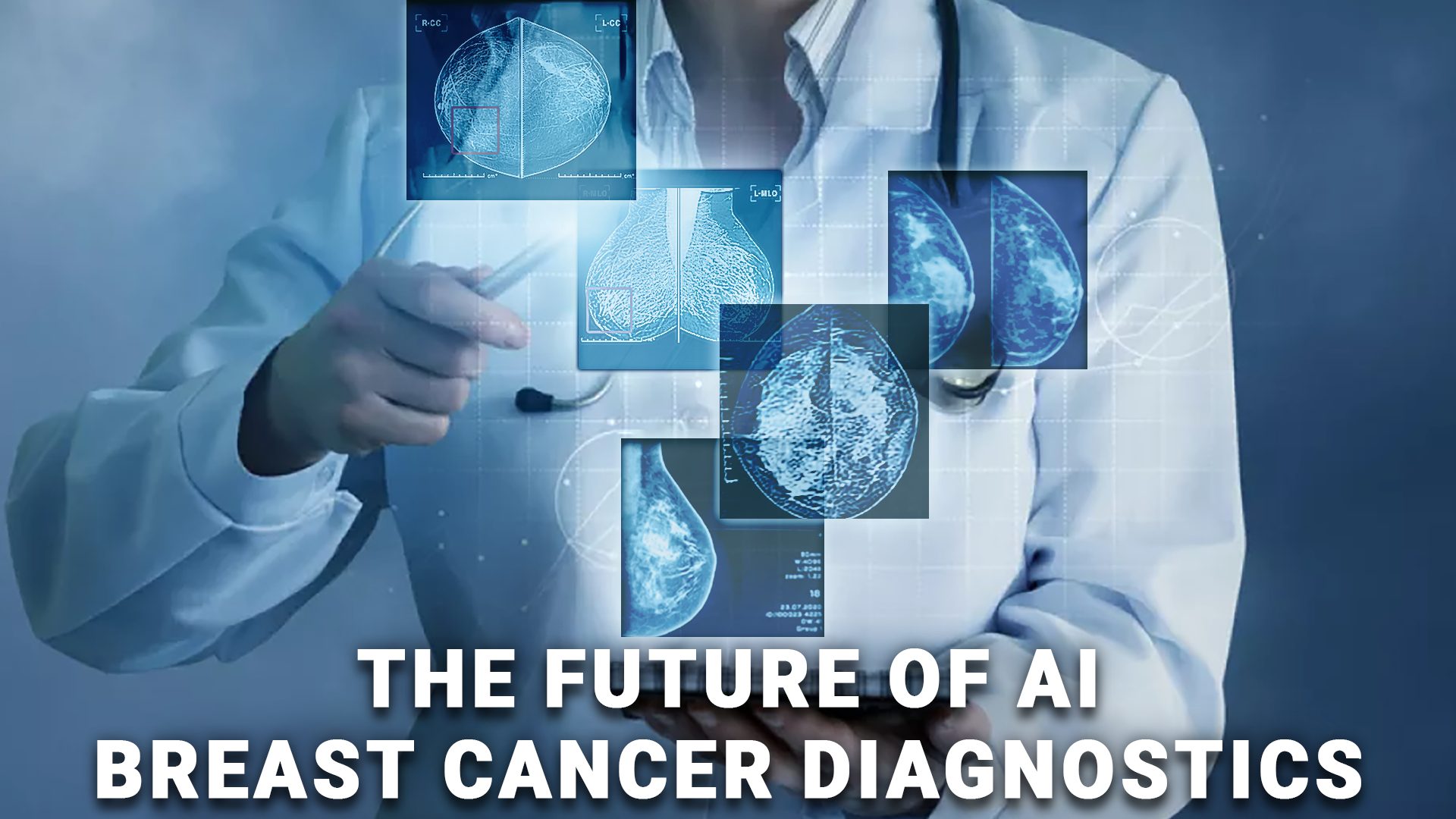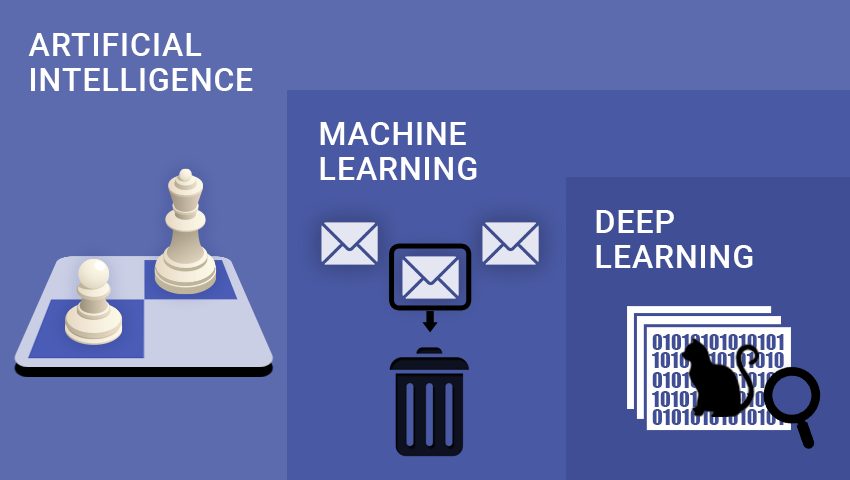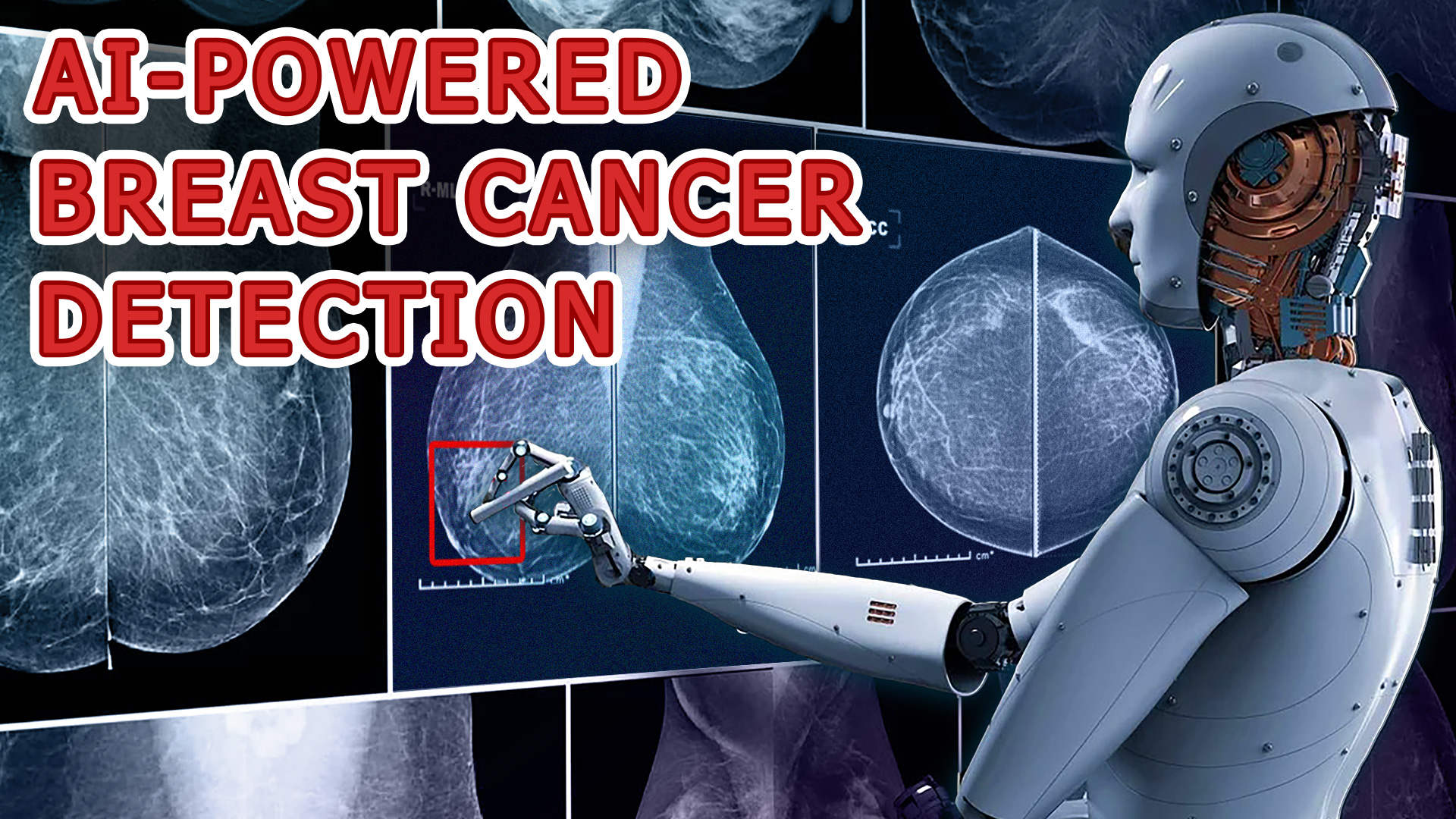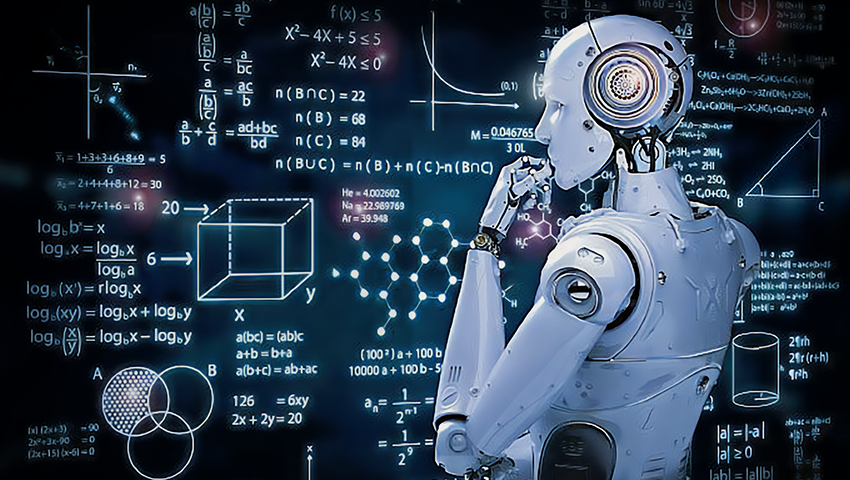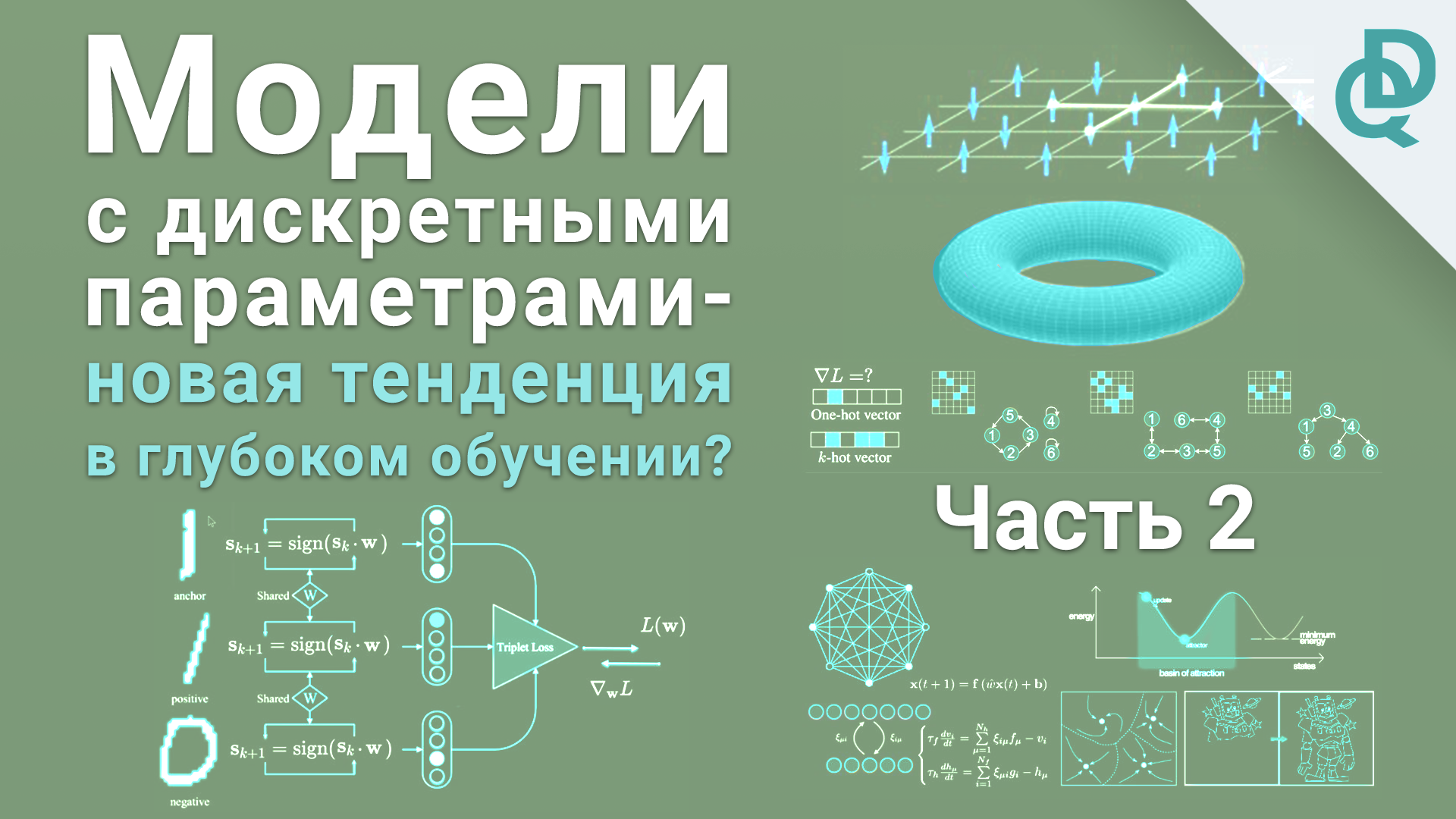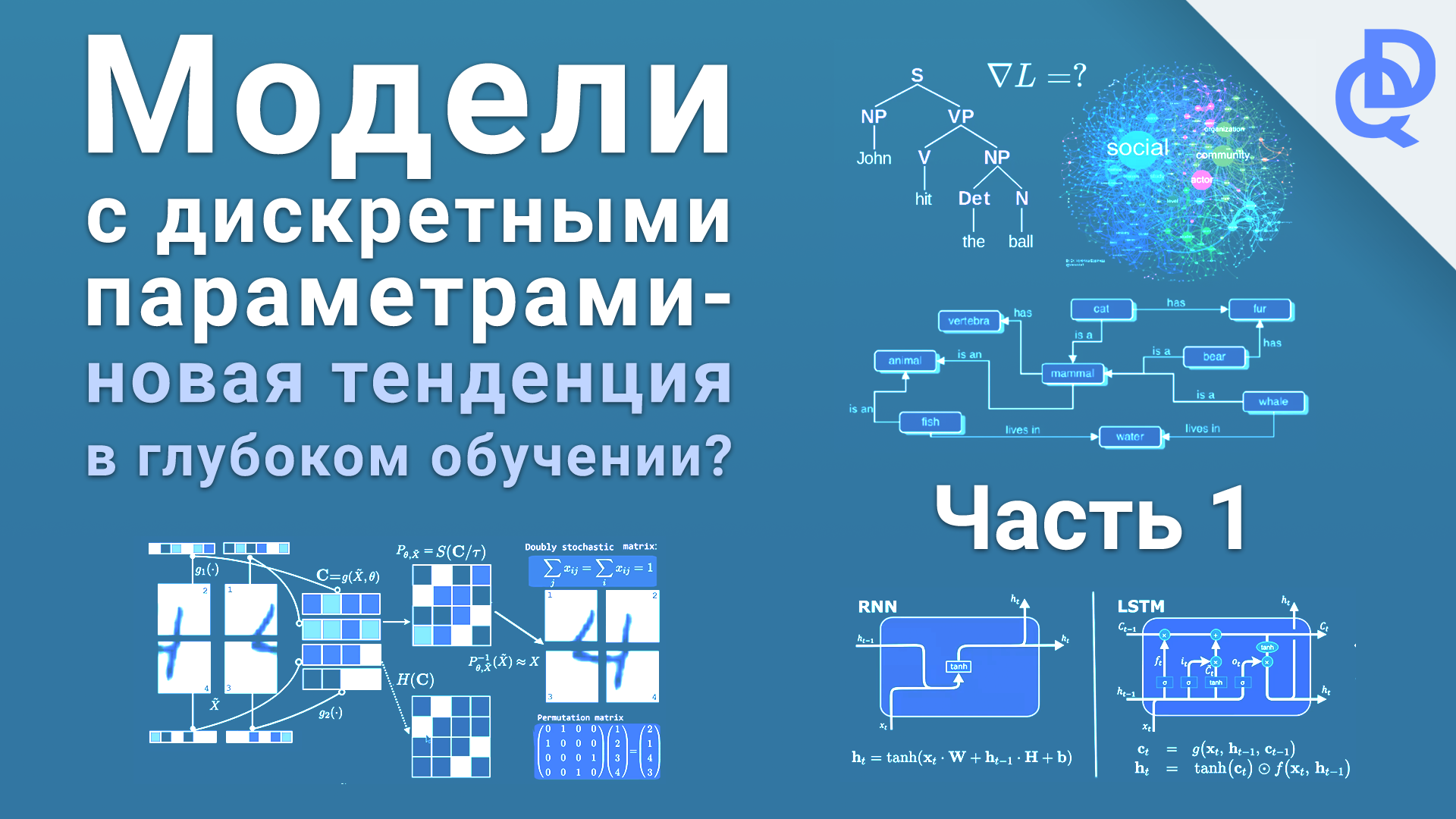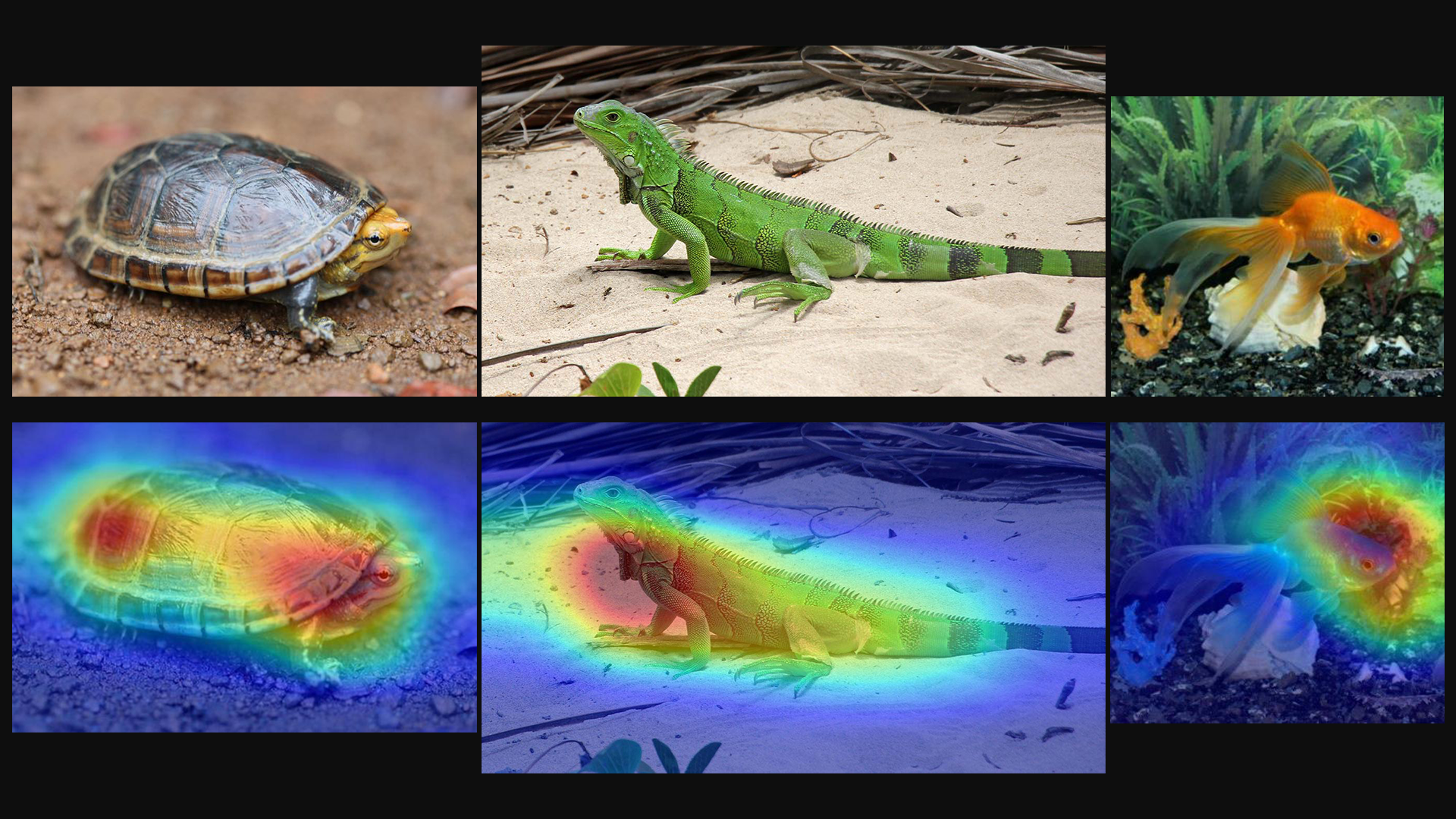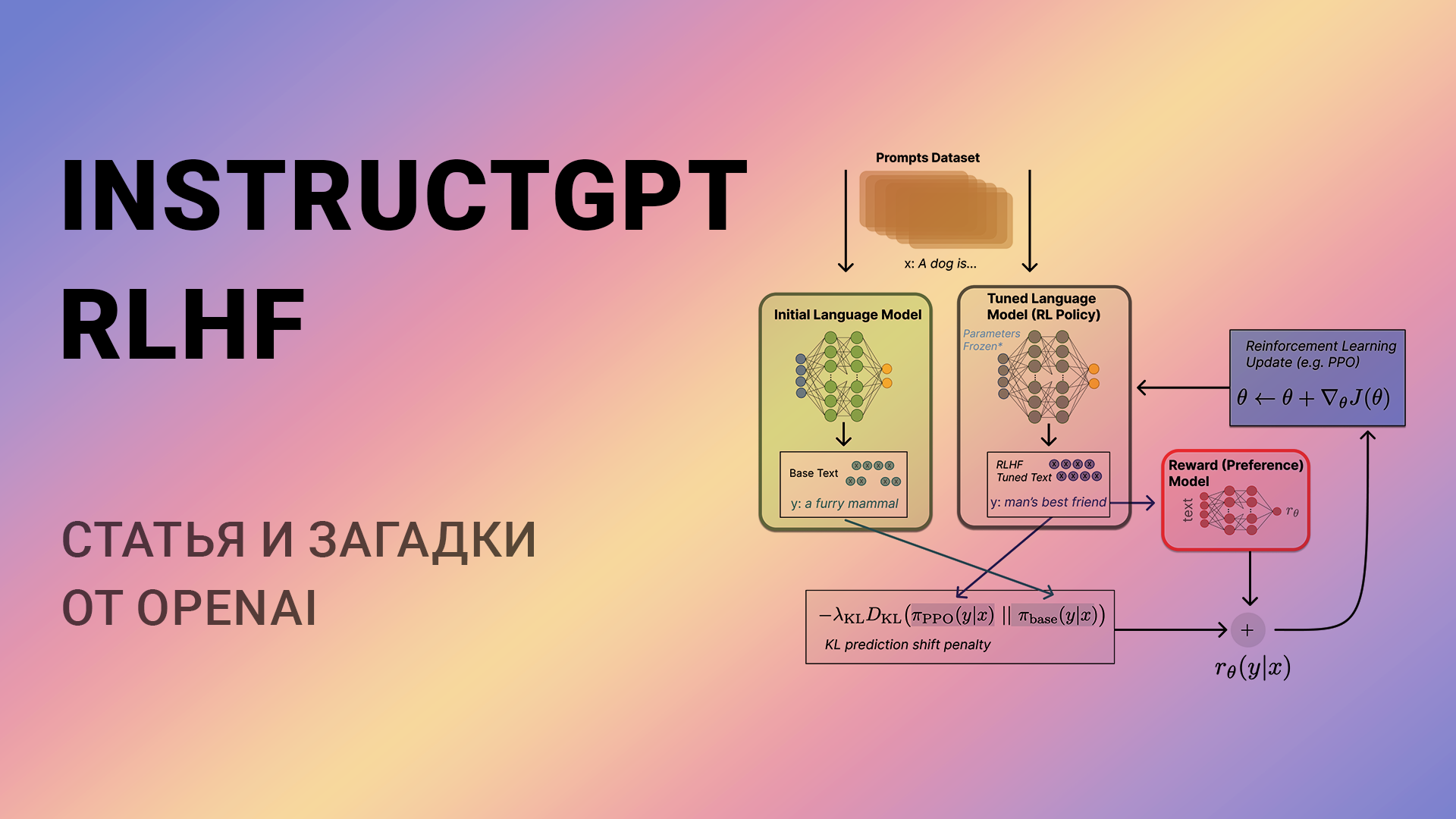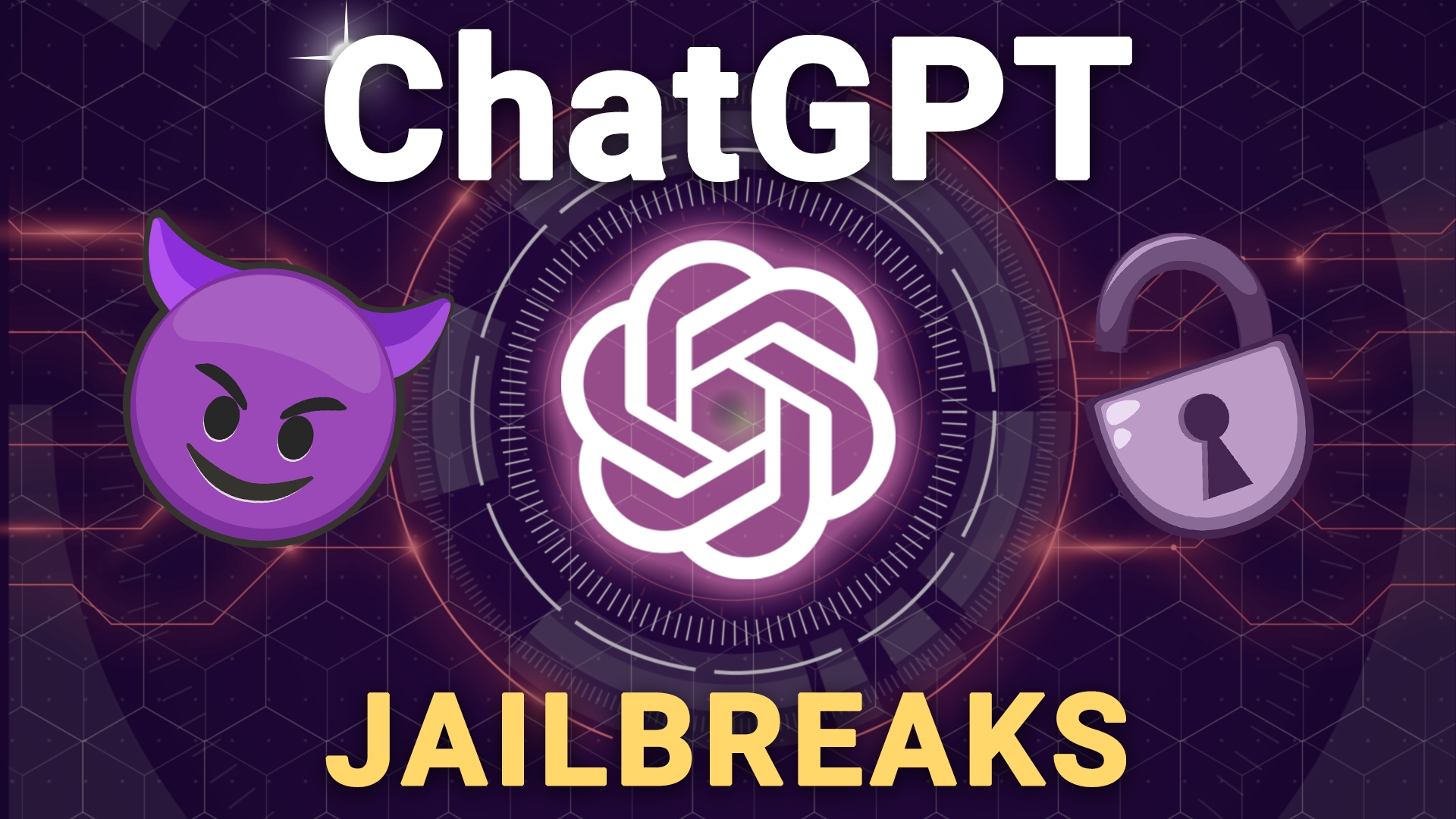Learn quick start tips on how to use Midjourney for AI image generation. Whether you're looking to create landscapes, characters, abstract concepts, or anything in between, Midjourney can bring your ideas to life with remarkable accuracy and detail.
Explore the endless possibilities of AI image generation with the Midjourney neural network! Learn simple steps for combining two different images to create captivating visual compositions. Add new creative ideas to your projects effortlessly.
Step into the future with Sora, where OpenAI's groundbreaking AI model is reshaping the realm of text-to-video generation. From understanding text prompts to simulating dynamic camera motion, Sora redefines what's possible in AI-driven creativity.
Explore the groundbreaking integration of artificial intelligence in radiology and its transformative impact on medical imaging. Delve into how AI algorithms are accelerating diagnostics, enhancing accuracy, and improving patient care.
QuData’s AI system seamlessly integrates deep learning algorithms with advanced image analysis in a structured 4-step process. From mammography in clinics to automatic AI analysis – our system provides BI-RADS classification and precision marking of lesion areas.
Artificial intelligence, machine learning and deep learning are widely discussed technologies. Despite their prevalence in global business discourse, distinguishing between these terms can be challenging. Our article aims to provide a clear understanding of their meanings and differences.
A review of the past year in the development of AI technology, focusing on the impact of ChatGPT technology. Let’s consider the concerns and fears that accompanied the introduction of AI, and identify real challenges and prospects for the future.
Learn how our AI model leverages ML and advanced algorithms to analyze extensive medical datasets, enabling accurate and early identification of breast cancer.
Discover the world of machine learning – an innovative scientific realm crafting algorithms and statistical models that don't rely on conventional programming. Dive into the future of technology, and explore how ML navigates big data landscapes, uncovers trends, and makes strategic decisions.
Let's look at the mathematics of training deep models using integers. From binary to graphs, let's look at how to draw a gradient through these structures. To make math fun, each section features colorful anime and haiku illustrations created by artificial intelligence.
Interest in discrete parameter models is growing due to the emergence of new methods and algorithms that make it possible to effectively train and use such models in various machine learning and artificial intelligence applications. The video explains the usefulness of such models.
Reveal the secrets of AI! Explore the inner workings of the Grad CAM technique in AI decision-making and the significance of image heatmaps in the process.
Increasing the size of language models does not inherently make them better follow the user's intent. For example, large language models may generate results that do not match the needs of their users. In the article "Training Language Models To Follow Instructions With Human Feedback", the OpenAI research team uses human feedback reinforcement learning (RLHF) methods to achieve significant improvements in consistency. Let's discuss this work and look into the details.
In this video, we'll demonstrate the most powerful jailbreaks that can bypass the installed restrictions and will unlock ChatGPT's true potential. Are you interested in learning which Star Wars Trilogy is superior? Watch the video and find out ChatGPT's opinion!
Discover how to integrate ChatGPT and create chatbots that engage users in more natural and dynamic conversations than ever before. Supercharge your smartbot with the power of NLP, enabling it to understand and respond intelligently to a wide range of queries.





